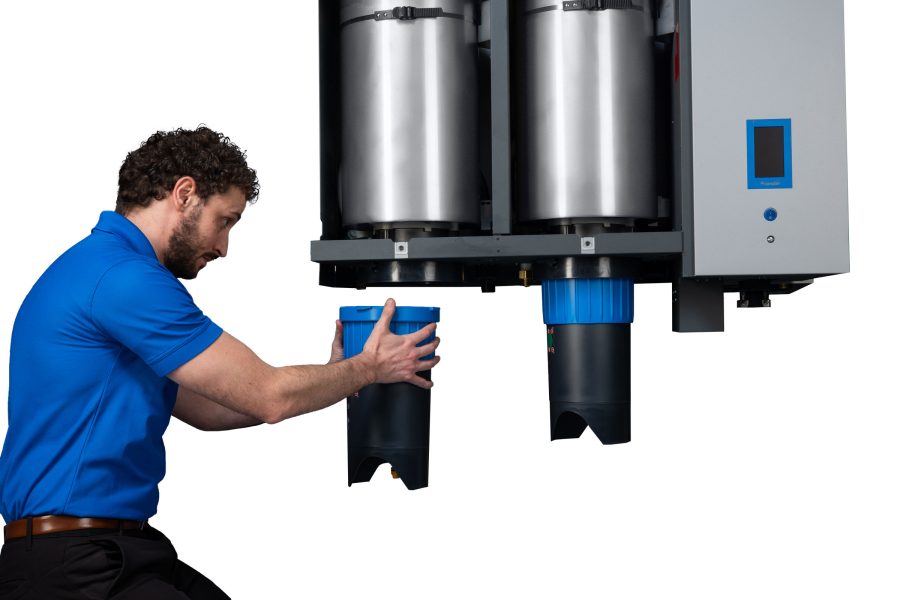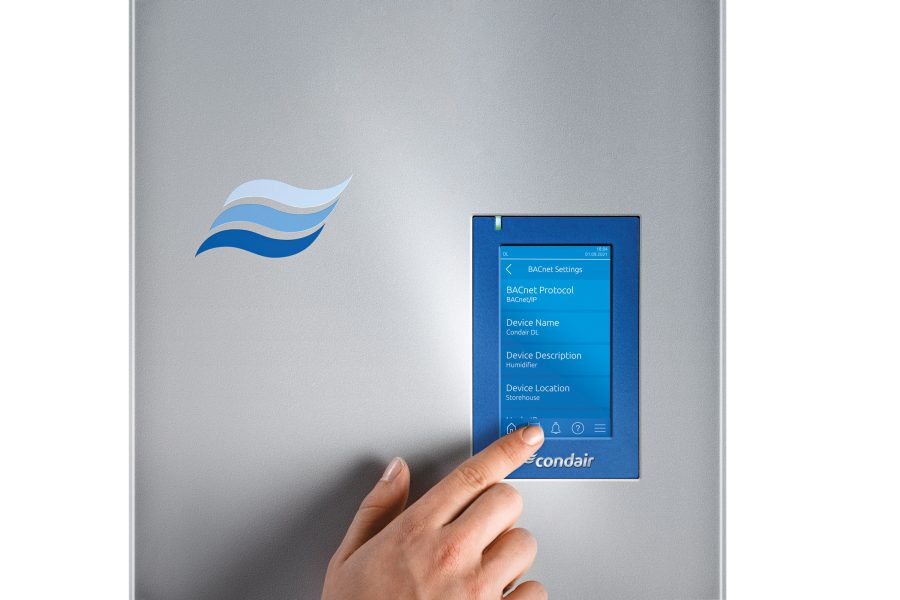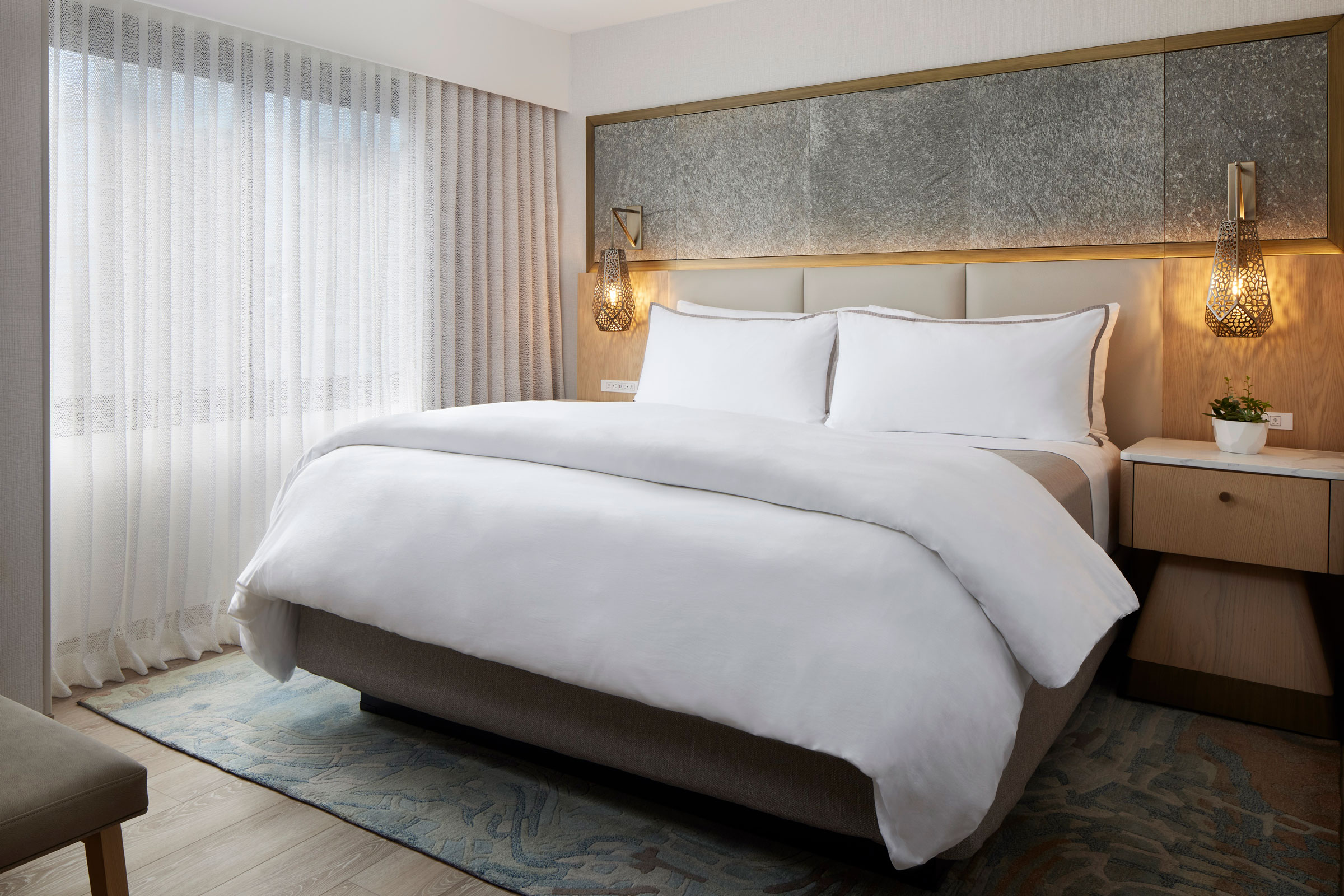Story at a glance:
- Hospitality and manufacturer experts alike share how control and comfort are key to healthy, enjoyable experiences.
- Designing for comfort in hospitality isn’t only about aesthetics; it must include solutions that account for air quality and humidification.
- Condair has been innovating and designing humidification solutions for almost 80 years.
A clean room, cozy bed, fast Wi-Fi—whether you travel for business or pleasure, the perfect hotel stay is all about comfort. But comfort is not a universal experience. Like Goldilocks searching for the perfect bed, what feels just right to one of us may be uncomfortable to the other.
“Comfort means something different to everyone,” says Diana Plazas-Trowbridge, chief lodging product officer at Marriott, who oversees more than 30 brands within the Marriott portfolio. And away from the comforts of home, guests look to hotels to provide the amenities that bring ease and relaxation.
“People love to travel. This innate desire to see new places, to discover new things—that’s going to continue,” Plazas-Trowbridge says. “But now there’s also more business travel, more face-to-face time, more connection time. Hospitality brands need to be a part of the experience. We need to think about the design elements that people love when they travel, and when we need to make changes. We need to be able to respond and adapt.”
It’s in Marriott’s innovation lab where comfort ideals and amenities are tested before rolling out to guests. The Westin Heavenly Bed, for instance, was born of such research and development, designed with leading sleep experts to deliver deep, restorative sleep.
But comfort is also about what we can’t necessarily see or feel—the air we breathe, the temperature and humidity of a room. Unless your hotel room’s ventilation system isn’t working, you’re likely not to notice it at all. But knock the humidity level up or down a few percentage points, and you can feel the discomfort immediately. And with it, the dream of a perfect night’s sleep—of a comfortable hotel stay at all—is shattered.
Design for Peak Comfort

“The Covid-19 pandemic highlighted just how poor ventilation is in some, particularly older, building envelopes,” says Mathieu Bertrand, OEM account manager at Condair. “Over the past five years we’ve seen the direct impact of poor indoor air quality and ignoring maintenance for ventilation—and how that has a clear impact on guests, especially at hotels.” Photo courtesy of Condair
Consumer demands of the hotels have changed a lot since the world was launched into a global pandemic five years ago. Where commercial building owners and managers could perhaps once get away with not tending to a building’s air, Covid drew attention to exactly how healthy—or unhealthy—a building’s indoor air quality was.
“It’s not only about the aesthetics of the building now but also the environment inside the building,” says Nuno Silva, national sales manager at Condair, a global leader in humidification, dehumidification, and evaporating cooling solutions. “For many, many decades people knew about sick building syndrome,” a condition where a building’s indoor environment can cause adverse health effects to occupants. “But for many building managers there was a thought of, ‘Why should I spend the money? If I lease a building, why am I going to invest and put in a system to improve indoor air quality?’” Silva says. “Like many things in life, profit came before health.”
In the aftermath of 2020, society finally caught up. Consumer awareness around air quality skyrocketed, and with it exposed how ill-equipped many buildings were to maintain proper indoor air quality and humidity.
“The Covid-19 pandemic highlighted just how poor ventilation is in some, particularly older, building envelopes,” says Mathieu Bertrand, OEM account manager at Condair. “Over the past five years we’ve seen the direct impact of poor indoor air quality and ignoring maintenance for ventilation—and how that has a clear impact on guests, especially at hotels.”
Over the past five years we’ve seen the direct impact of poor indoor air quality and ignoring maintenance for ventilation—and how that has a clear impact on guests, especially at hotels.
Hotels and resorts experience high foot traffic, which increases the risk of spreading germs and viruses. Proper humidity control can help reduce this risk, creating a safer and more enjoyable environment for everyone.
“If you backtrack 10 to 20 years ago, there wasn’t a whole lot of attention toward dietary restrictions and healthy food. Now that’s all that people are talking about, and rightfully so, because you want to fuel your body accordingly and to put the best possible product into your body,” Bertrand says. “We’re finally starting to see people adopting that same mantra when it comes to indoor air quality. If you’re going to put so much attention on the food you eat, you should equally put as much attention into the air you breathe because it has just as much, if not a bigger, effect on overall human health. Now and in the coming years you’re going to finally see society put indoor air quality into that same bucket of being an absolute pillar that’s required for general health and wellness.”
The Future of Comfort

Photo courtesy of Condair
Despite the heightened awareness on air quality today, Condair has been quietly innovating new technologies and systems to help people across the world breathe easier for almost 80 years.
“We kept developing products for different applications, improving the energy efficiency of products, the hygiene of products, the payback, the environmental footprint,” Silva says. “We are constantly working on R&D.”
Now with increasing consumer demand for health and wellness, more and more hotels are offering guests a luxurious spa and sauna experience for a moment for respite. And while relaxing for guests, that steamy spa experience comes with the added challenge for hotel owners to manage humidity and the overall cleanliness and comfort that comes with it.
“If you ask any of the hotel owners who run commercial steam rooms, they’ll say without question that the biggest drawback is the maintenance cycle due to scale buildup within the humidifiers. For any kind of technology that’s boiling water, one of the side effects is mineral deposits. As a manufacturer our challenge is to create a product that makes their life as easy as possible when it comes to that type of maintenance cycle. Condair’s RS electric steam humidification series, for example, self-cleans all those mineral deposits and lengthens that maintenance cycle that’s required on the unit,” Bertrand says. “They run for almost 18 hours a day, and the feedback we’ve gotten over the past years is that there’s really no technology that compares to it, because there’s no other technology that can manage the scale quite like it.”
As wellness continues to drive the hospitality industry, Silva is most excited about leveraging new data to develop new products—not just for hotels, but for everyone. “Up until now buildings have been very basic. We are getting to the point where we can monitor equipment we’ve sold, how they are working and being used, and we can get all of that data and those preferences and use that data to design and develop products that will fit even better the needs of customers,” he says.


